Written by Danijela Cook
“‘…the impulse to make things with our hands is universal. The action of making, the outcome of a crafted object, connects cultures, communities and generations.”- The Power of Making
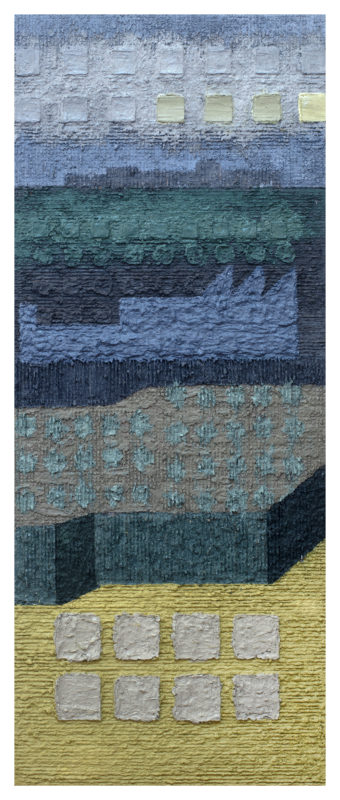
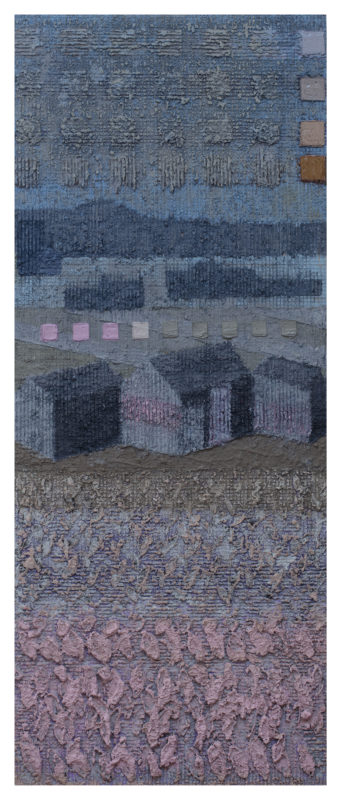

Lynda Ballen’s artistic practice has long been rooted in a deep appreciation for the natural and the hand crafted. In her latest body of work, Ex Terra Etcetera, she continues to expand on the importance of materiality in honouring the natural world. In creating Ex Terra Etcetera, Ballen has mused over the cultural histories of textile making and the use of natural plant dyes. In doing so, she has arrived at a critical position that makes claim for the artisanal over the artifice, especially within the digital age. To understand how one should look at Lynda Ballen’s presentation of carefully crafted works, one must first understand the history of her passion.
A few days before the opening, I had the pleasure of visiting Lynda’s studio. Whilst in conversation with her I uncovered the depth and length behind the works – what became apparent is that these works exist within histories, both an individual history as well as a collective one. During her travels around South America and Africa, Ballen engaged with many communities of craftspeople. She became interested in the way the communities held space for their crafters; the creations of the crafters are naturally rooted within the culture of the communities, completely void of the pretense that overwhelms Ballen in the western art frame.


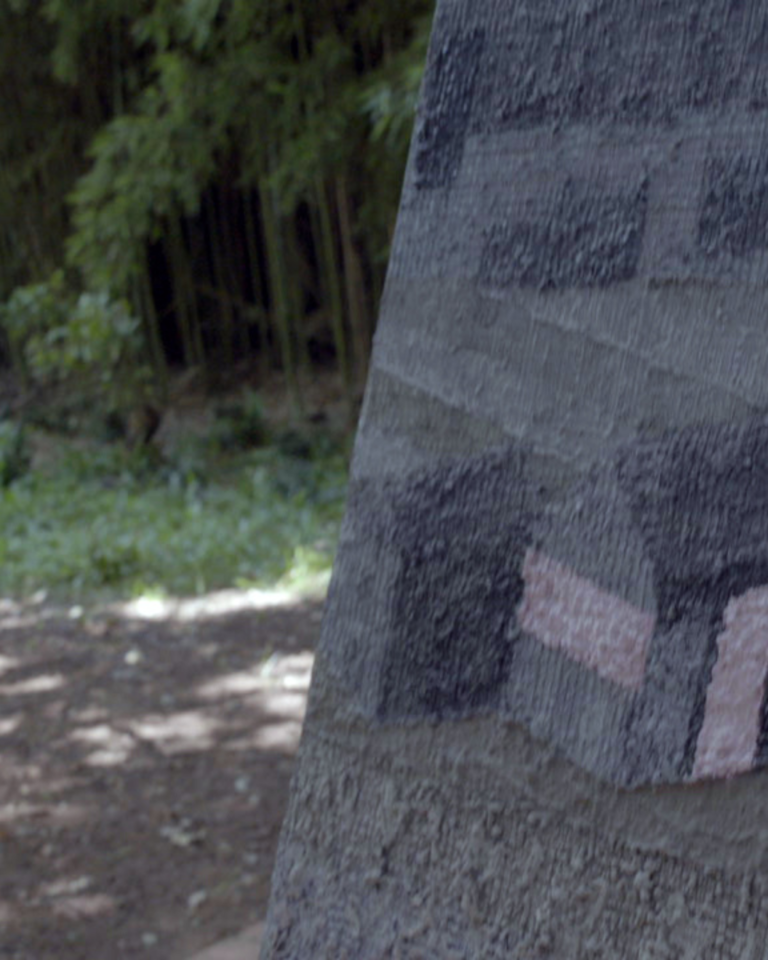
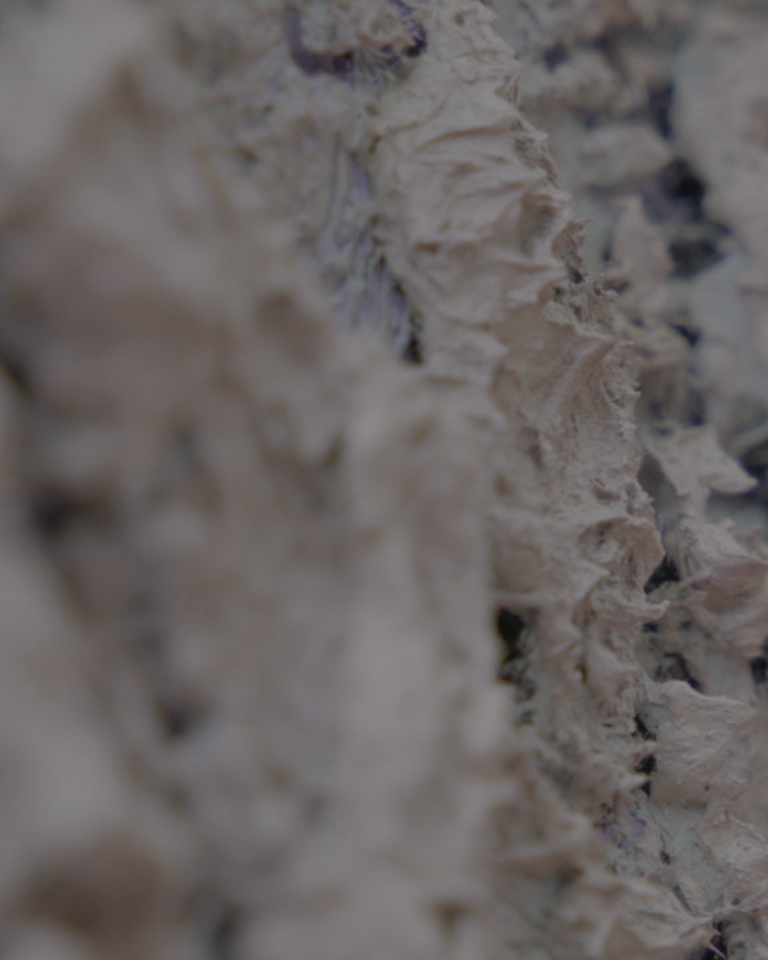
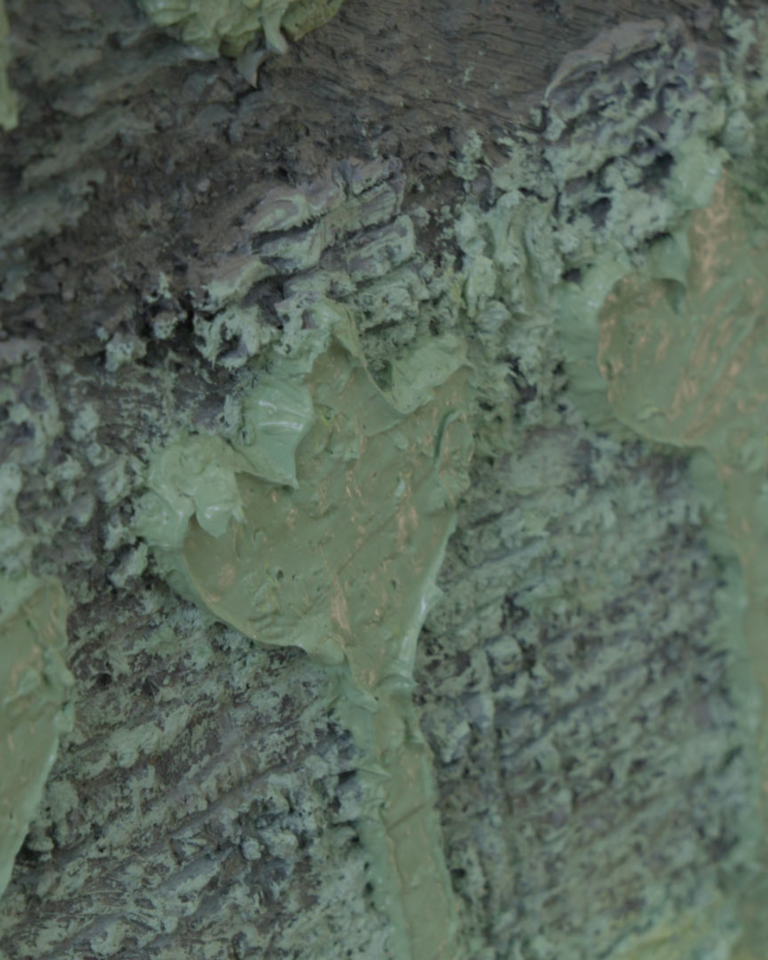
This admiration ignited her practice as we know it today. More so, Ballen had long been inspired by the Arts and Crafts movement. Established in the 19th Century, the movement has prominently informed her practice. She fondly recalls identifying herself as A Woman in Craft alongside her peers in the earlier years of her practice. To briefly extract from Linda Parry’s writing on the history of textiles in the movement: from its conception, the Arts and Crafts movement set out to challenge the superficiality that had manifested in society and subsequently, in the art spaces. It arrived as a response to the industrial revolution. However, the ethos remains relevant today – to create by remaining truthful to materiality and to celebrate the effort and integrity of making. This spirit is epitomised in Ballen’s approach and in her creations.
Just over two years ago Ballen embarked on the tenacious mission of producing Ex Terra Etcetera, during which she honed in on the unique style of making for which she has become recognised. The starting point is the preparation of the substrates. The drawings begin with her personalised method of papermaking in which 100% cotton paper is pulped, dyed, and prepared in a frame that holds a taut piece of calico. The layers of handmade paper are built up over three levels and between each level sits a hand placed grid of string, thus creating her quintessential sculptural matrix. Ballen then moves on to the composition of the imagery, building up envisaged landscapes through meticulous and structural mark making.
The paintings further the motif of the physical through the use of heavy impasto marks on board. The thickness of the application breathes a new life into the medium, sculpting peaks and valleys into the surface. The material of oil paint lends itself conceptually due to its innately organic qualities, often mixed with natural mediums such as linseed oil. The richness of the applications allow the artist to manipulate the traditional medium as she ploughs her imagery out of the surface. Each of the pigments seen in Ballen’s work have been inspired by natural plant dyes that are intertwined with the history of textile making. The pigments have been carefully reproduced to create the colourful palette seen in this body of work.
Once the viewer has digested the metaphors of the mediums themselves, the brutal presence of the industrialised becomes evident. Geometrically rendered elements such as buildings flatly occupy themselves atop the softness of the substrates, even the imagery of nature is interrupted by clinically placed blocks that are intended to be reminiscent of pixels. This juxtaposition is what transforms Ballen’s works from a presentation of praise and into a critical conversation.
Through these labours of love Ballen reflects on the warps and wefts that have made up societies through the ages – she poses a question of where we imagine ourselves as we venture through the digitised world. The history of artisanal productions has long been threatened by industrial progressions, and in a world with diminishing ethics Ballen calls for us to consider what is being made, more so how it is being made. It is clear that we cannot merely look at these works as a presentation of form, colour, and composition – they must be looked at as physical manifestations of the history of earnest craftsmanship. One which stems from a harmonious relationship with the natural world that encourages us to create from the preciousness we are provided with.